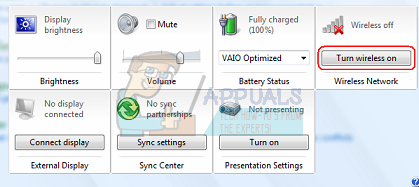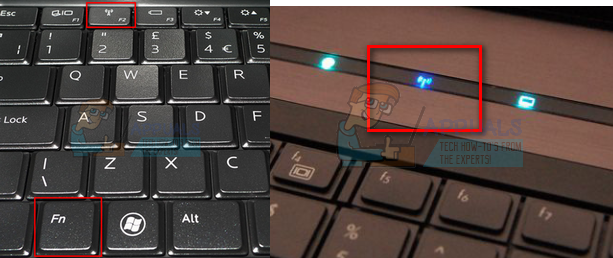

Marconi soon developed a system that was transmitting signals way beyond distances anyone could have predicted (due in part to the signals bouncing off the then unknown ionosphere). In 1894, Guglielmo Marconi began developing a wireless telegraph system using radio waves, which had been known about since proof of their existence in 1888 by Heinrich Hertz, but discounted as a communication format since they seemed, at the time, to be a short range phenomenon. Marconi transmitting the first radio signal across the Atlantic. Information is transferred in this manner over both short and long distances. radio waves, acoustic energy,) to transfer information without the use of wires. radio transmitters and receivers, remote controls, etc.) which use some form of energy (e.g. The term is commonly used in the telecommunications industry to refer to telecommunications systems (e.g. Wireless operations permit services, such as mobile and interplanetary communications, that are impossible or impractical to implement with the use of wires.

This became its primary usage in the 2000s, due to the advent of technologies such as mobile broadband, Wi-Fi and Bluetooth. The term was revived in the 1980s and 1990s mainly to distinguish digital devices that communicate without wires, such as the examples listed in the previous paragraph, from those that require wires or cables. Radios in the UK that were not portable continued to be referred to as wireless sets into the 1960s. It was initially used from about 1890 for the first radio transmitting and receiving technology, as in wireless telegraphy, until the new word radio replaced it around 1920. The term wireless has been used twice in communications history, with slightly different meaning. Somewhat less common methods of achieving wireless communications include the use of other electromagnetic wireless technologies, such as light, magnetic, or electric fields or the use of sound. Other examples of applications of radio wireless technology include GPS units, garage door openers, wireless computer mouse, keyboards and headsets, headphones, radio receivers, satellite television, broadcast television and cordless telephones. It encompasses various types of fixed, mobile, and portable applications, including two-way radios, cellular telephones, personal digital assistants (PDAs), and wireless networking. With radio waves, intended distances can be short, such as a few meters for Bluetooth or as far as millions of kilometers for deep-space radio communications.

The most common wireless technologies use radio waves. Wireless communication (or just wireless, when the context allows) is the transfer of information between two or more points that do not use an electrical conductor as a medium by which to perform the transfer.


 0 kommentar(er)
0 kommentar(er)
